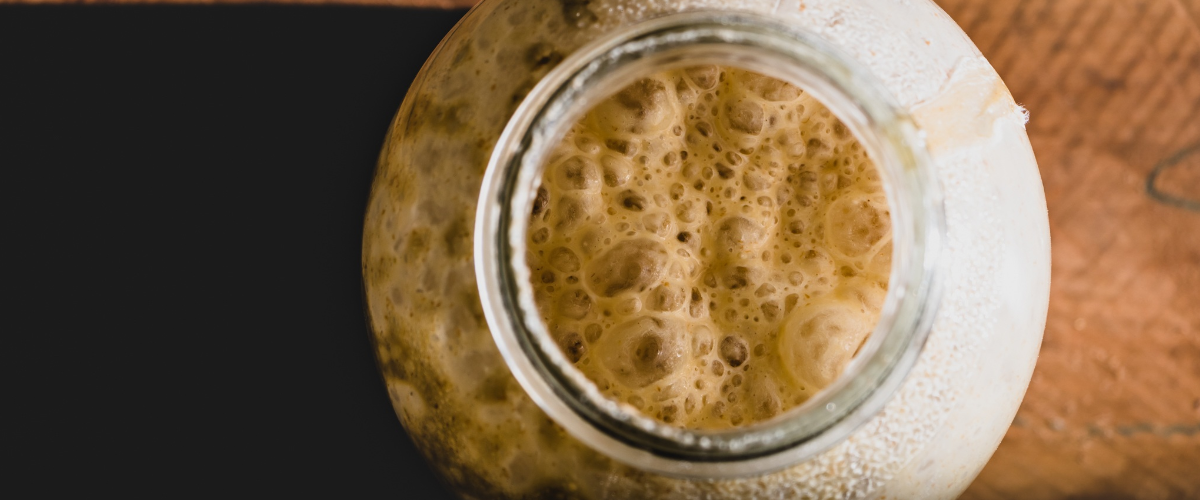Bread is one of the most staple foods in the entire world. Simple, easy to make, and generally delicious, everyone should have access to some good bread. But what about the yeast?
Bread, at the most basic, is just a combination of flour, water, and yeast. The flour and water make the dough, and the yeast makes it “rise” into the fluffy material we know it as. If you can get a steady supply of these three things, you’ll be set for life, bread-wise. Of course, you could simply buy all of these from the store. But what about when you can’t? We’re wondering about the self-sufficient options.
Getting water is easy, be it from wells, rain collectors, or local water sources. Flour can be more effort, but a personal grain field isn’t the most difficult thing to accomplish on a homestead. Grind the grain into flour, and you’re good. But what about yeast? Fortunately, there’s a surprisingly simple method to maintaining a yeast supply: a sourdough starter.
You’ve probably heard this phrase before, knew it had something to do with making sourdough bread, and that’s about it. Let us fill in the gaps for you. A sourdough starter is yeast. But instead of the dead (dry) yeast you get as a powder from the store, it’s active, living yeast. Generally speaking, people make the goopy mixture, keep it in a glass jar, and pull from it whenever they need yeast for bread. This process makes sourdough, thus the name.
The Benefits of a Bread Starter
The best thing about a starter is that once you have it, you’re essentially set on yeast for the rest of your life. And the longer you have it and maintain it, the better your bread will taste. Best of all, the only things you’ll ever need are water and flour. If the starter is particularly good, you can even separate it into two separate jars, and give the jar to someone else. It’ll grow back and now you can share.
The Catch
There is one catch, technically speaking. Living yeast is, as the name implies, alive. And as such, it needs to be fed to stay alive. It’s tremendously low maintenance, only needing a bit of flour and water once a week (more often if kept in warm environments). How much and how often will depend on the size and location of the starter, but it’s still less needy than your average houseplant.
Having a sourdough starter is so simple, and such a popular baking idea, that many folks do it just for fun. With the value it provides in terms of self-sufficiency, we definitely recommend everyone at least become familiar with how to do it.
If you’re interested in trying it out, we recommend reading the Simple Sourdough Starter recipe on the Feasting at Home website. No affiliation, we just think it’s a tremendously informative and helpful article.

